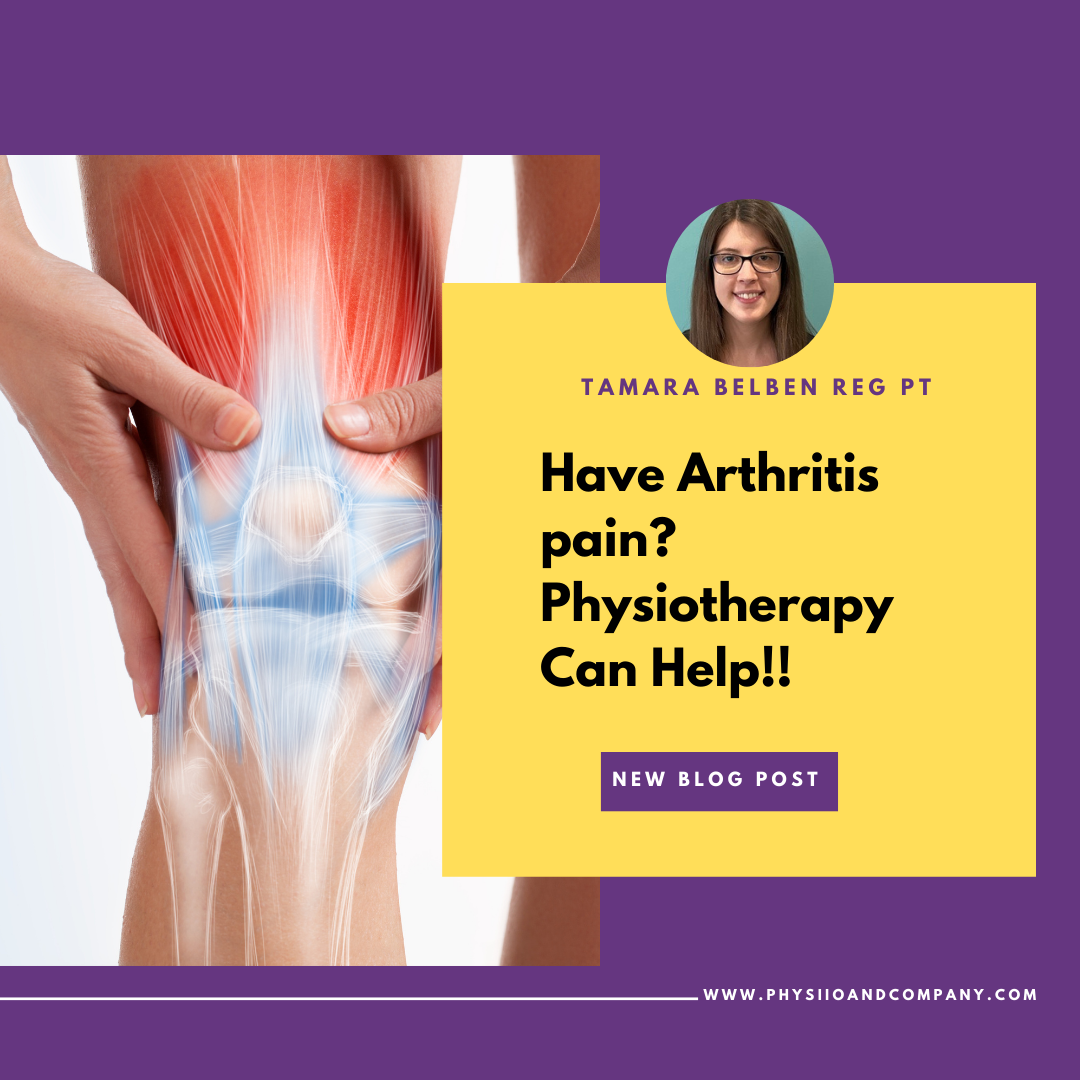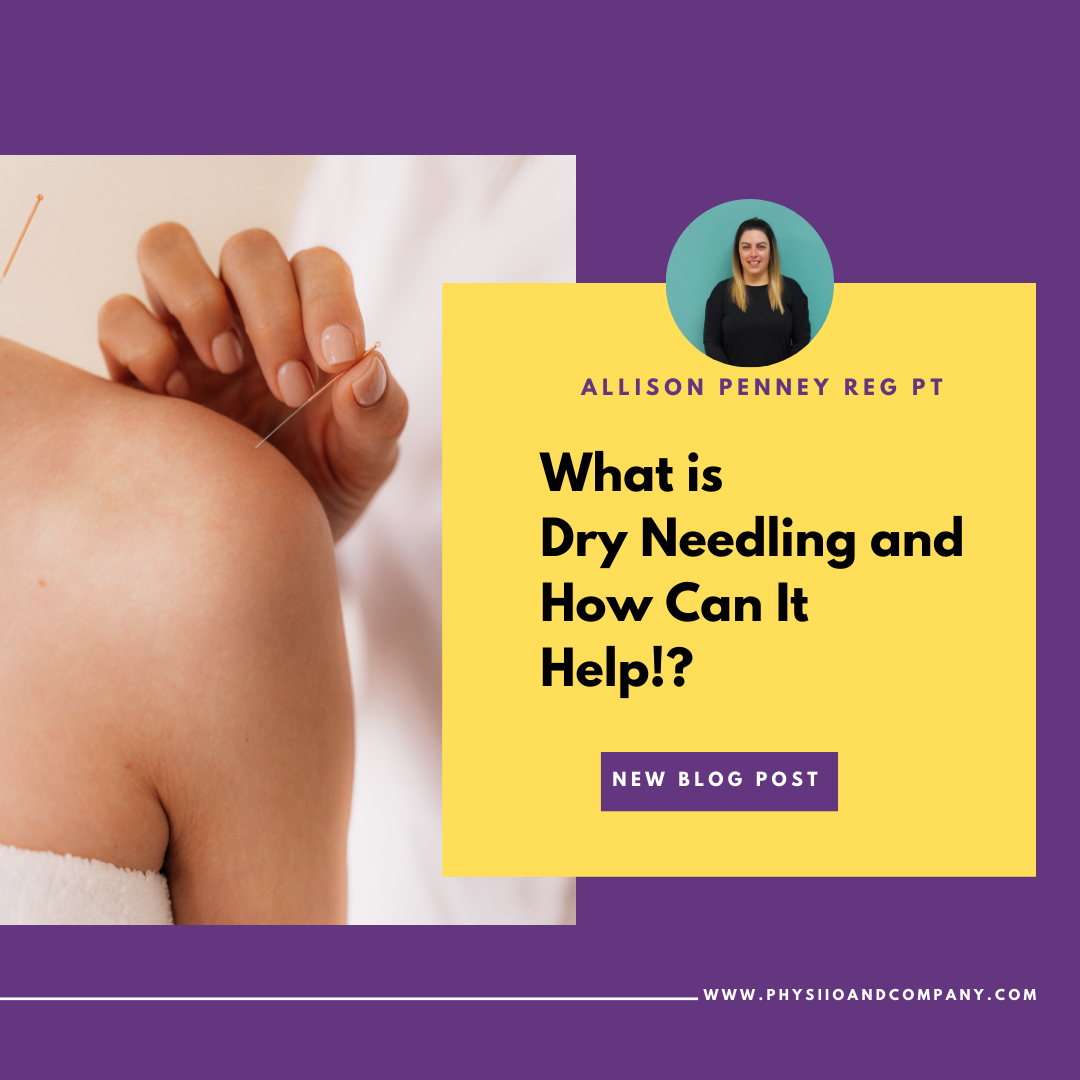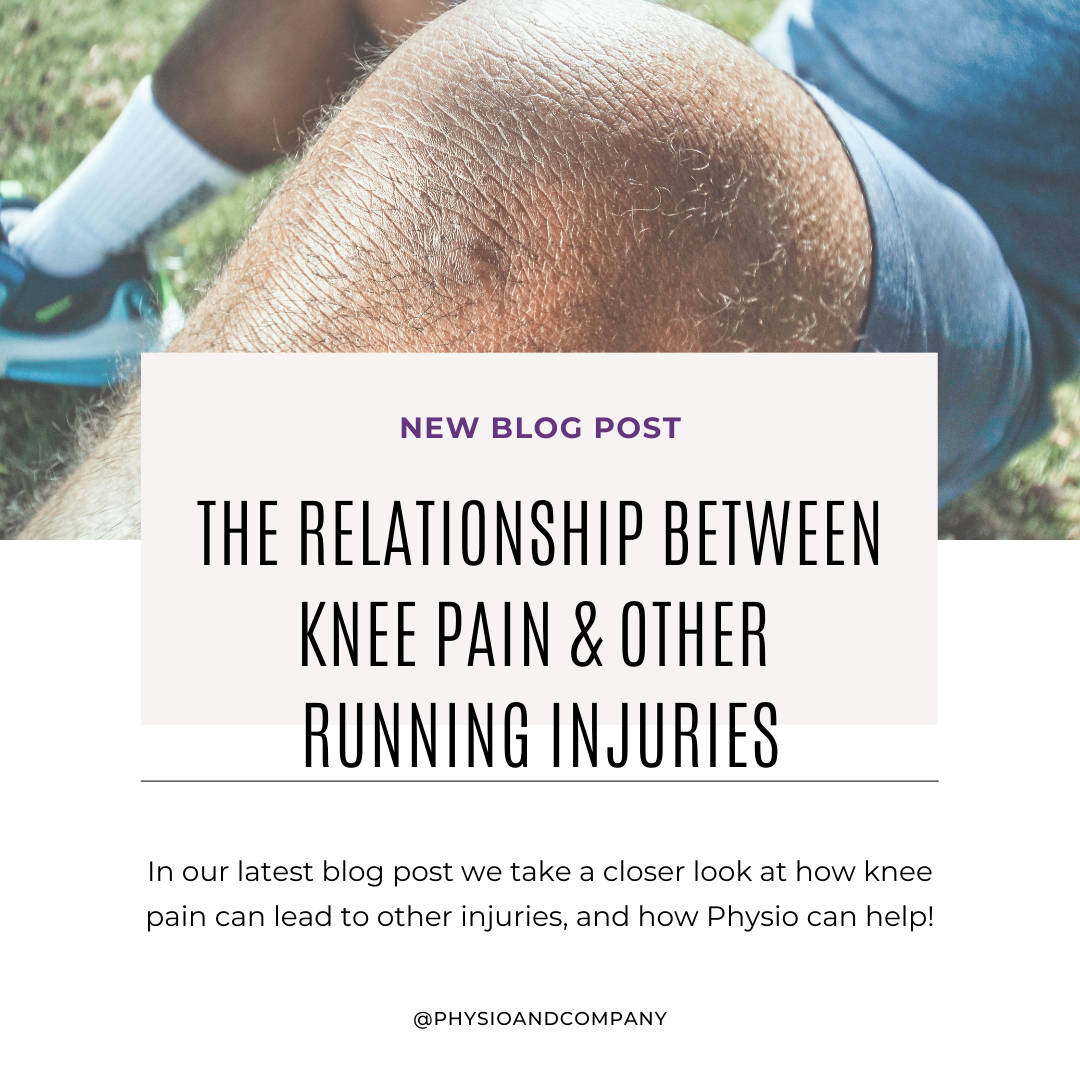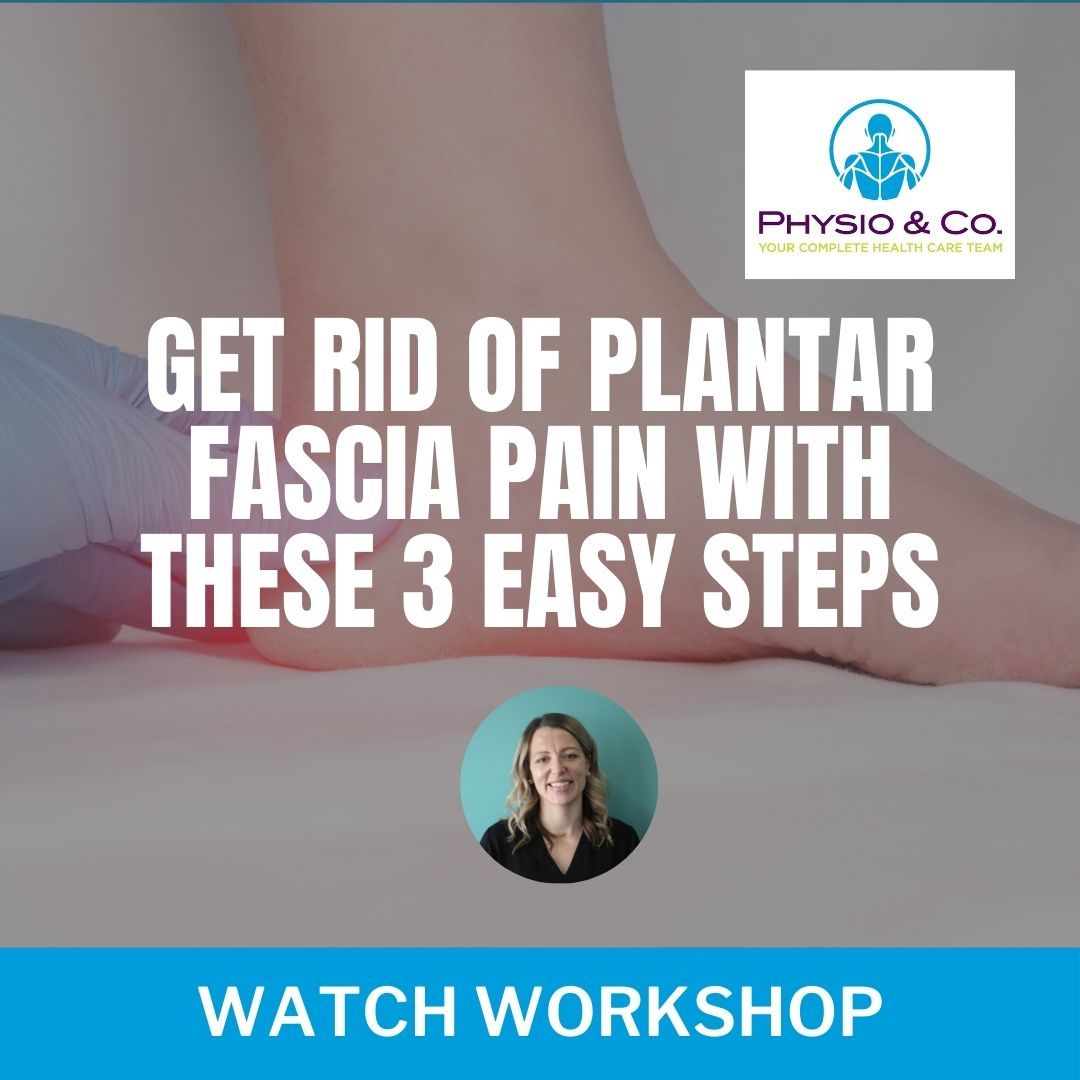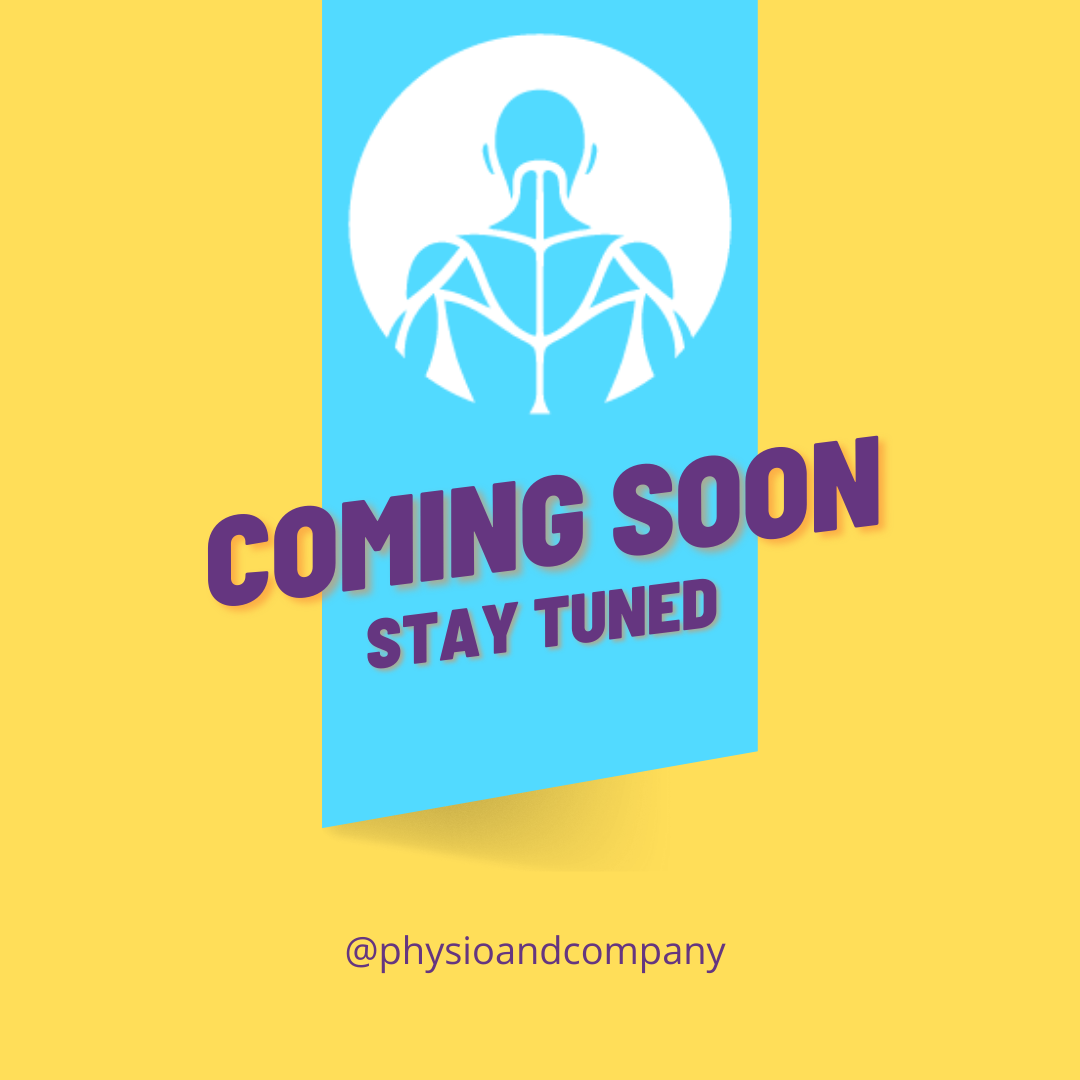How to Get Rid of Your Tennis Elbow in 5 Easy Steps
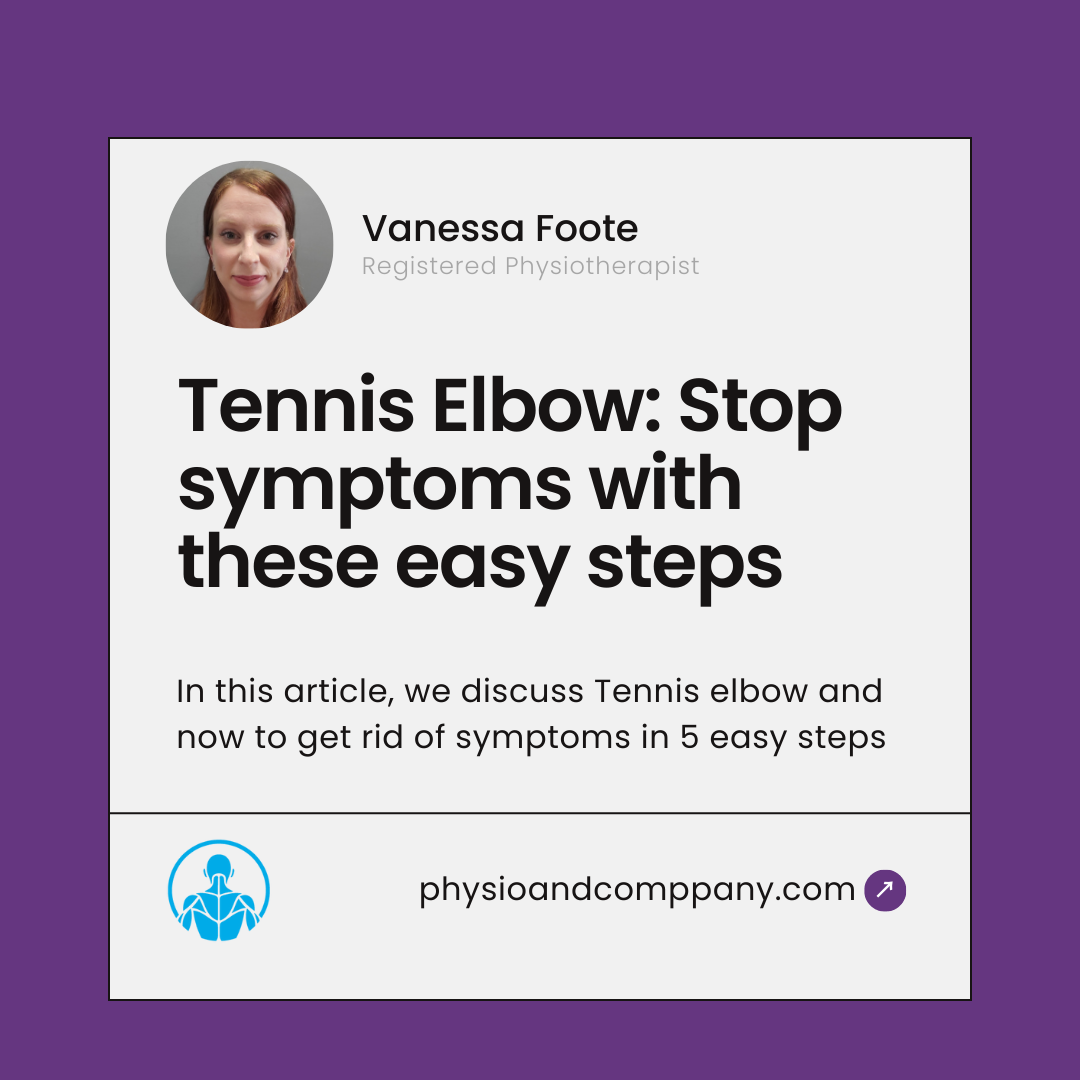
Do you have pain in your elbow just to pick up your morning coffee? Have pain with any gripping or pulling activities? You may have Tennis Elbow!
We have treated many people with this same compliant and have been able to get them on the right path to getting back to the activities that they love without elbow pain! This is such a common injury that we wanted to put together a blog post on how to fix that nagging elbow pain and prevent it from recurring.
Learn how you can fix your tennis elbow pain and do exercises to prevent the pain from recurring.

About Tennis Elbow
Tennis Elbow Pain (Lateral Epicondylitis) is pain on the outside of your elbow at the point where your tendon originates on the bone.
Like most tendon injuries it is caused by doing to much, to fast, to soon. Similarly Elbow tendonitis is often caused by
- Overuse of the common extensor muscles of the forearm
- Sudden increase in gripping/ pulling activities (ex. Return to Gardening)
- Inadequate rest/recovery from repetitive tasks.
Elbow pain is much more likely to happen if you are doing these activities with poor posture or non-optimal biomechanics. If your head is forward on your spine it can pinch the nerve that is responsible for your forearm muscles to work. This pinch overtime can weaken these muscles and put them at greater risk of developing tendonitis or tennis elbow pain.

Why you shouldn’t ignore your elbow pain?
Early intervention is key to help alleviate symptoms. When you let your pain go on for months to the point of it reaching a chronic state of injury, it will be harder to settle your elbow pain and progress your rehab exercises. This does not mean you can not get better, however the earlier we can address the root cause of your injury, remove aggravating factors the faster recovery will happen.
Why is your wrist important with elbow pain?
The muscles that run along your forearm cross over your wrist as well. Meaning that improper or poor biomechanics at your wrist, for example with excessive gripping of your phone or tablet, or improper ergonomics with typing and mouse work can lead to elbow pain. Being sure to practice proper ergonomics with typing, lifting and gripping activities at the wrist will help prevent elbow pain and injury.
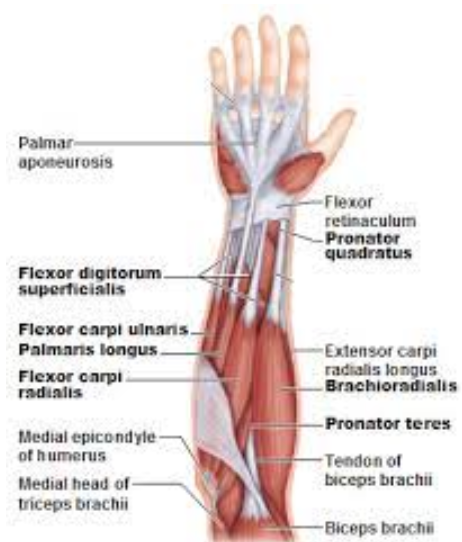
Why is neck mobility so important with elbow pain?
Do you look in the mirror and notice yourself slumping? This head forward posture puts an incredible strain on your neck. When you are in a forward head posture, there is an increase in extension between two of your neck vertebrae. Extension is a compressed/ closed position of the joint. This can create nerve pinching in the nerves that are responsible for your elbow muscles. Creating both pain and weakness of your elbow and forearm.
How to Get Rid of Your Tennis Elbow in 5 Steps
Step 1: Protect your elbow.
Relative Rest
- You DO NOT have to stop all together however you will need to modify your activities to reduce stress on your elbow while you to promote healing and get out of the inflammatory stage of healing.
- Some people find an elbow strap/brace helpful – this will allow for you to continue to do tasks you cannot avoid such as work and chores around the house without exacerbating your symptoms.

Step 2: Manage inflammation
Here are a few ways to do this:
- Movement actually helps with healing!! Moving your elbow through it’s pain free range of movement can help
- Applying ice to area for 5 to 10 minutes
- Ask your pharmacist about topical pain-relieving creams.
Step 3: Improve your posture
Hands-on mobilization and stretching of your neck, upper back, and shoulders will help to get your body moving in a more optimal way. Your physiotherapist will give you exercises to fix your posture including stretching and core strength.
Check out this video on on our Instagram page to see ways to improve your posture
Step 4: Soft tissue mobility
- Cross friction at your common extensor muscle group, can be performed for 1-2 minutes daily to help with symptom management.
Step 5: Progressive Strength
- As stated earlier most tendinopathies are due to doing to much, to fast, to soon
- Starting strength training at your current tissue capacity and slowly progressing the demands on the tissue with either increasing resistance or number of repetitions of exercise will allow your tendon to adapt and become more resilient to activities and therefore protect from reoccurrence of injury
Check out this video on early strength exercises for your elbow pain
Want help getting rid of your elbow pain!! And have a tailored treatment plan just for you!? Give us a call at (709) 334- 2699 and we can get you started on the road to recovery TODAY.
FAQ
How long will tennis elbow take to heal?
Tendon injuries that are mild will take 6-8 weeks to heal. The longer you have had elbow pain without intervention can lead to chronic stages of healing, Making symptoms more stubborn. You will likely have developed compensatory movement patterns and your tennis elbow pain may take longer to heal. Doing your tennis elbow exercises will help speed recovery.
What are the signs for tennis elbow?
- The most common signs of tennis elbow are pain on the outside elbow. Symptoms aggravated with gripping activities, pain with extending wrist while gripping.
What is the main cause of tennis elbow?
- Tennis elbow is often caused by overloading the common extensor muscle group of your forearm. This can be due to a sudden increase in activity such as return to gardening after a break all season, not allow enough recovery time between activities, or improper form with gripping and repetitive tasks.

About Vanessa Foote
Vanessa graduated from Memorial University with a Bachelor of Kinesiology Honors (co-op) degree and then went on to complete her Masters of Science in Physiotherapy at Dalhousie University.
Vanessa spends most of her free time with her two young children but is also an avid sports fan.
Working for 10+ years in private practice has given Vanessa experience working with athletes, motor vehicle accidents, workplace injuries and everything in between.
Vanessa has a passion for helping others and enjoys working in a collaborative manner with her patients as well as other Healthcare providers to reach treatment goals.
